Cherry Pepper pack of 15-20 seeds Imported
₹40.00
Out of stock
Email when stock available
Cherry Pepper What Are Sweet Cherry Peppers?
Cherry Pepper So exactly what are sweet peppers? If you read up on pepper facts, you’ll discover that they are peppers unlike any you’ve seen before. About the size and shape of cherries, peppers are a visual delight. Sweet cherry pepper plants produce these tiny peppers.
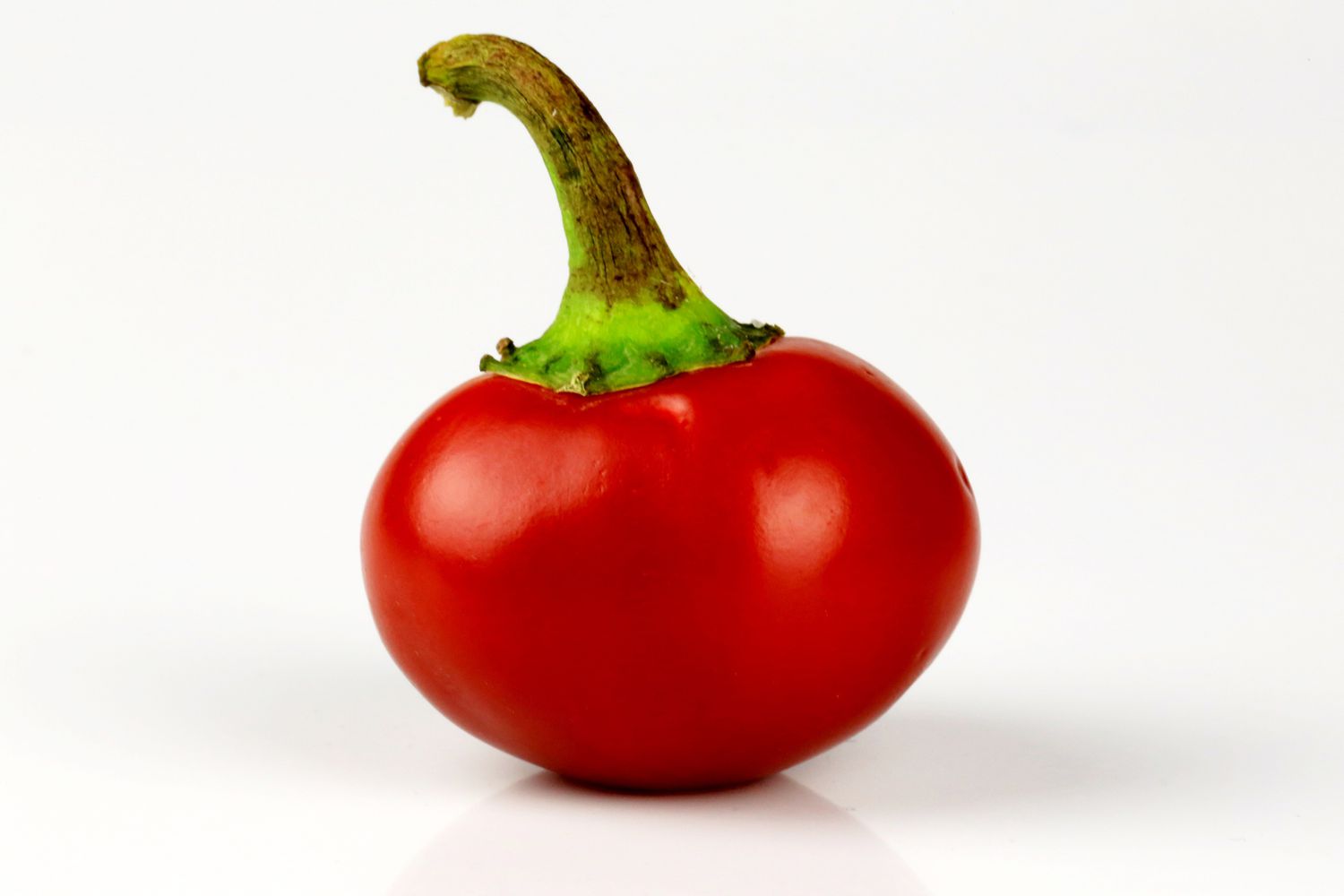
Germination: 10-14 days
Germination Temperature: Optimum soil temperatures 75-85ºF. Cooler soil temperatures slow the germination time.
Seed Sowing Depth: ¼” deep
Cherry Pepper Starting Indoors: 8-10 weeks before the last frost. Sow in flats/cells/pots. Provide 75-85ºF soil temperatures. Fertilize the seedlings every 7-10 days with a liquid or water-soluble fertilizer (diluted to ¼ of the suggested measurement). Transplant seedlings 18-24” apart after the last frost.
| Number of Seeds | 18-20 seeds |
|---|---|
| Sowing month | Feb to Oct |
| Blooming Month | April To Dec |
| Temperature | Above 30C |
| Sun | Full sun except may june |
Cherry Pepper But Tiny refers to the size of the fruit, not the flavor. The small veggies offer a rich, sweet flavor. The plants themselves grow to about 36 inches (.91 m.) tall and almost as wide. They don’t just produce a few, they bear profusely. The branches are laden with these small, round fruits.
The young fruits are uniformly green but they ripen to a bright red as they mature. They are perfect for eating straight from the garden but also serve well for pickling and preserving. Chives can be grown along with cherry pepper
Cherry Pepper Growing
If you want to know how to grow sweet the entire process begins with a few sweet plants. In most climates, it’s better to start pepper seeds indoors a few months before the last expected frost. Transplant the seedlings outside a few weeks after the last frost in an area that gets full sun. Start growing a cherry pepper crop in a bed with rich, moist soil rich in organic matter.
Don’t plant them in a bed where you have grown tomatoes, peppers or eggplant the year before. Set your sweet plants 18 inches (46 cm.) apart in a row. The rows should be spaced 3 feet (.91 m.) apart. Give them regular irrigation. Fruit begins to ripen 73 days after transplant. The plant spreads out almost as wide as it is tall and produces a generous crop.
| Color | Red |
|---|---|
| Germination Level | Easy |
| Growth Pattern | Up right Straight |
| Hybrid or Open Pollinated | Open Pollinated |
| Ideal location | Full sun |
| Origin Country | France |
Be the first to review “Cherry Pepper pack of 15-20 seeds Imported” Cancel reply
You must be logged in to post a review.



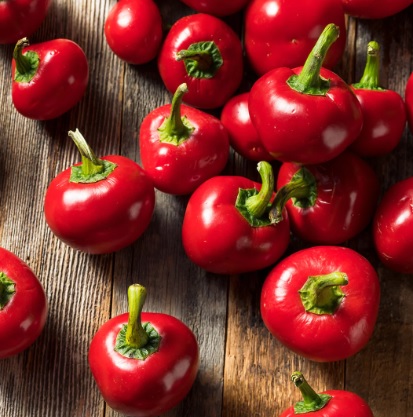
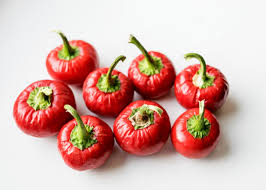
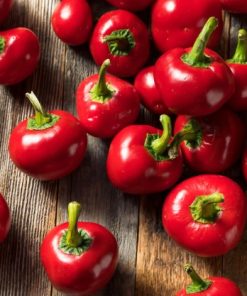

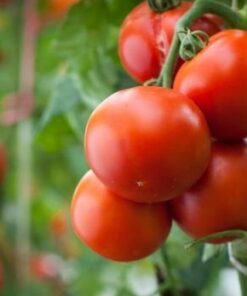
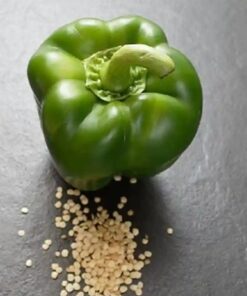
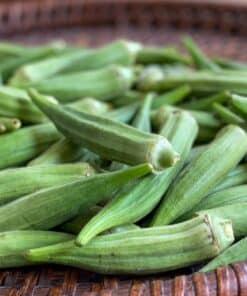
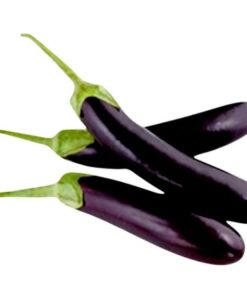

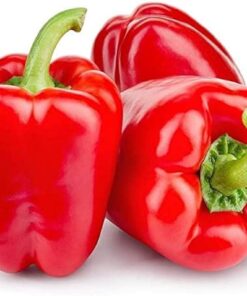
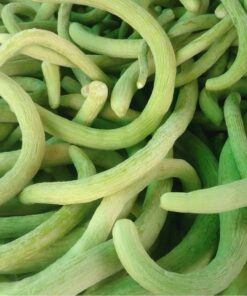

Reviews
There are no reviews yet.